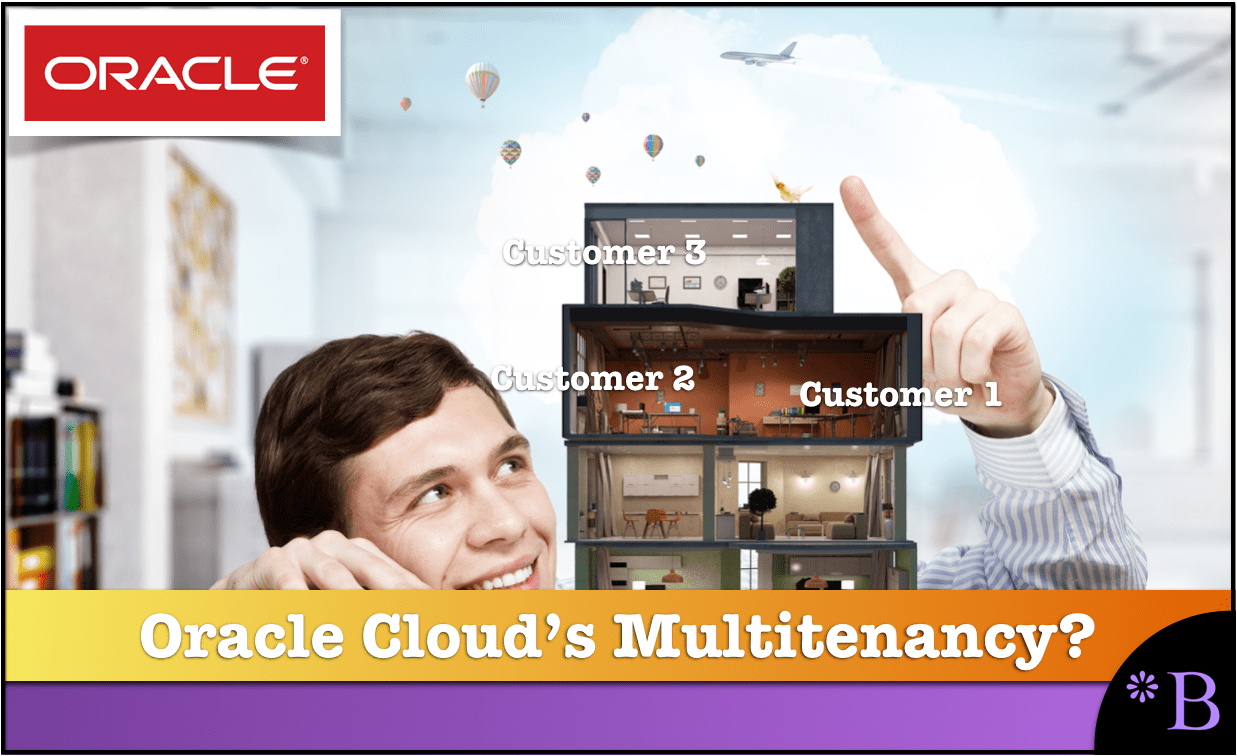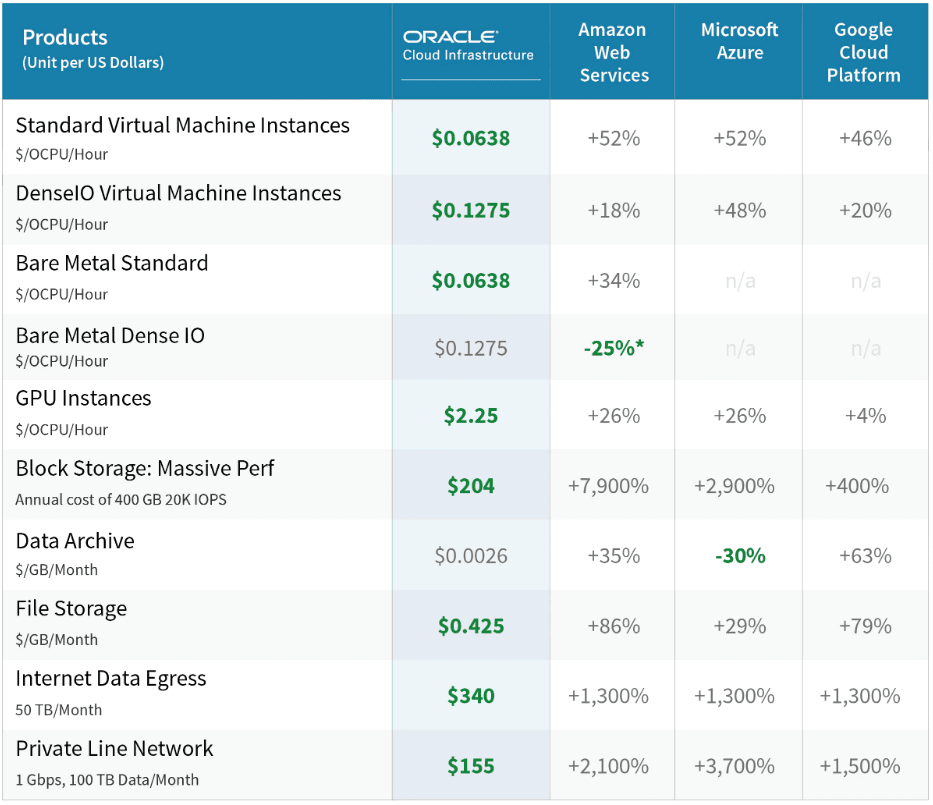Why Oracle Cloud is Not Multi Tenant
Executive Summary
- Oracle has made some curious claims regarding Oracle Cloud’s multitenancy.
- In this article, we review the problems with these claims.

Video Introduction: Why Oracle Cloud is Not Multi-tenant?
Text Introduction (Skip if You Watched the Video)
Oracle very frequently compares its Oracle Cloud to AWS and to GCP and Azure. However, a point they leave out is that they do not offer multitenancy, and their clouds are not tr cloud — but instead are closer to data centers in terms of how they function. However, one of the definitions of cloud is multitenancy, yet this is normally left out over the coverage of Oracle’s cloud services. This is how far Oracle is behind the major and even the minor cloud services providers. All of this is covered up with Oracle’s marketing. You will learn why Oracle’s Cloud is not truly cloud.
Our References for This Article
If you want to see our references for this article and related Brightwork articles, see this link.
Lack of Financial Bias Notice: The vast majority of content available on the Internet about Oracle is marketing fiddle-faddle published by Oracle, Oracle partners, or media entities paid by Oracle to run their marketing on the media website. Each one of these entities tries to hide its financial bias from readers. The article below is very different.
- This is published by a research entity, not some dishonest entity that is part of the Oracle ecosystem.
- Second, no one paid for this article to be written, and it is not pretending to inform you while being rigged to sell you software or consulting services. Unlike nearly every other article you will find from Google on this topic, it has had no input from any company's marketing or sales department. As you are reading this article, consider how rare this is. The vast majority of information on the Internet on Oracle is provided by Oracle, which is filled with false claims and sleazy consulting companies and SAP consultants who will tell any lie for personal benefit. Furthermore, Oracle pays off all IT analysts -- who have the same concern for accuracy as Oracle. Not one of these entities will disclose their pro-Oracle financial bias to their readers.

Comparisons like this assumed that each of the items is comparable. However, Oracle Cloud is not comparable to any of the major clouds. One reason is that Oracle Cloud is not self-service, as we covered in the article The Problem with Oracle OCI’s Machine Sizing. Another problem is that Oracle is not multitenant, while the other cloud service providers are.
What is SaaS According to Oracle?
What Oracle calls SaaS is actually hosted on-premise products, none of which are multi-tenant. Multi-tenancy permits a vendor to apply a software upgrade once and have it automatically work for dozens or hundreds of customers simultaneously. In a single-tenant solution, the software vendor must apply the changes, one customer at a time. The latter approach is costly and potentially error-prone. This explains the high frequency of outages experienced by Oracle cloud customers, especially for Oracle apps which we covered in the article The Problem with Oracle Cloud and Colocation.
The Example of Oracle EPM Cloud
The Hyperion suite includes planning (HPL), financial management(HFM), BI+, and uses Essbase as the database. Essbase is not a multi-tenant database, so each customer has its own schema. When Oracle applies an upgrade, each customer must be upgraded individually because the customers don’t share a common (multi-tenant) database. Moreover, because the product is a single-tenant solution, different customers are on different product versions.
This means that patching and upgrading must be done individually because each version has a different patch and upgrade files.
Oracle and SAP on-premises apps are all single tenant. Between 10 customers, you may have 3 or 4 different versions, 2 web servers, 2 different IAM solutions, etc… Each customer has a unique configuration, including a different database, and even 2 customers using Oracle may be using different versions. One on 9i and the other on 11.
Conclusion
Oracle provides false information about cloud than accurate information. And the issue of multitenancy is another area where Oracle pretends their clouds are like other cloud service providers but actually is not.